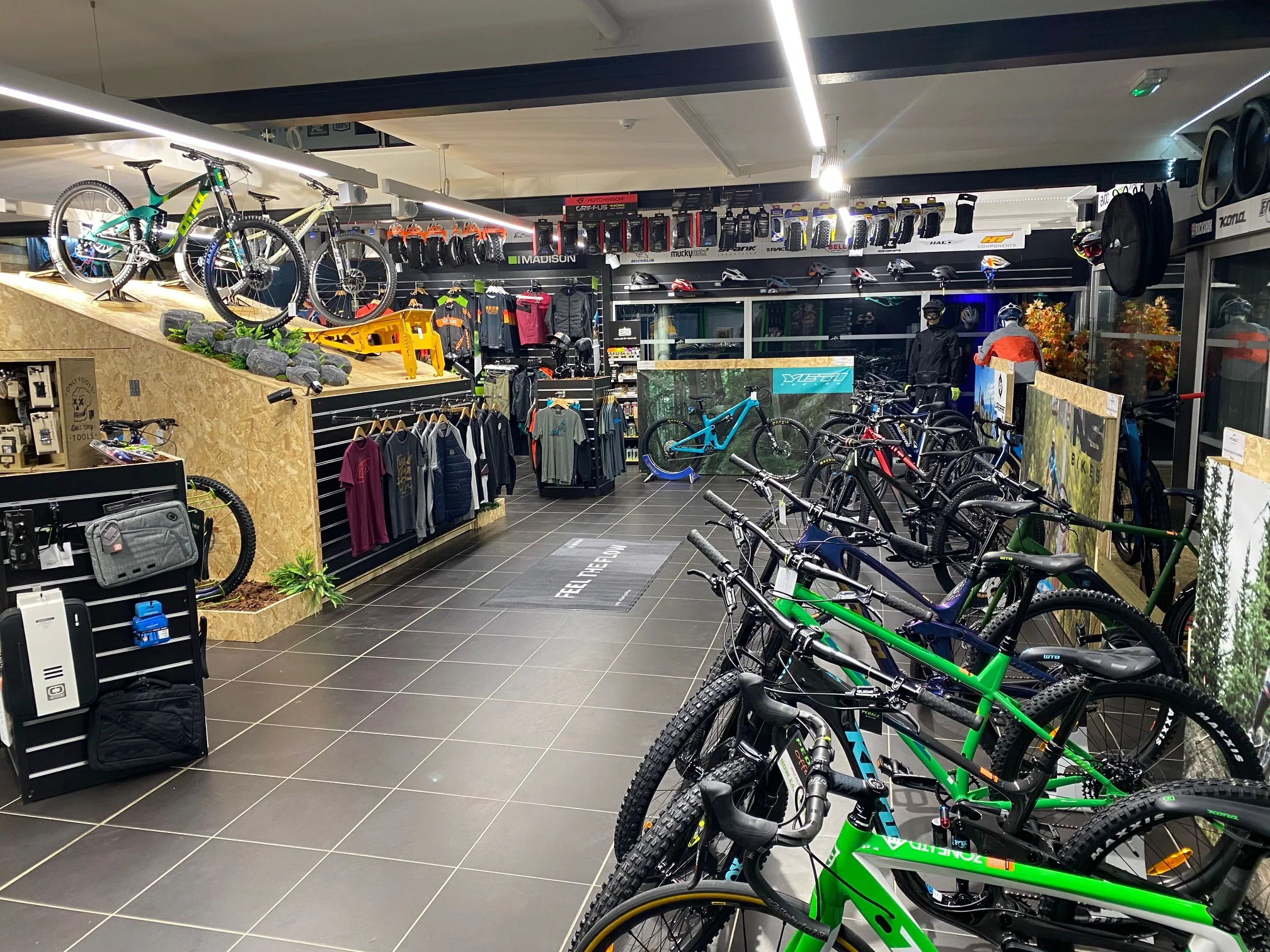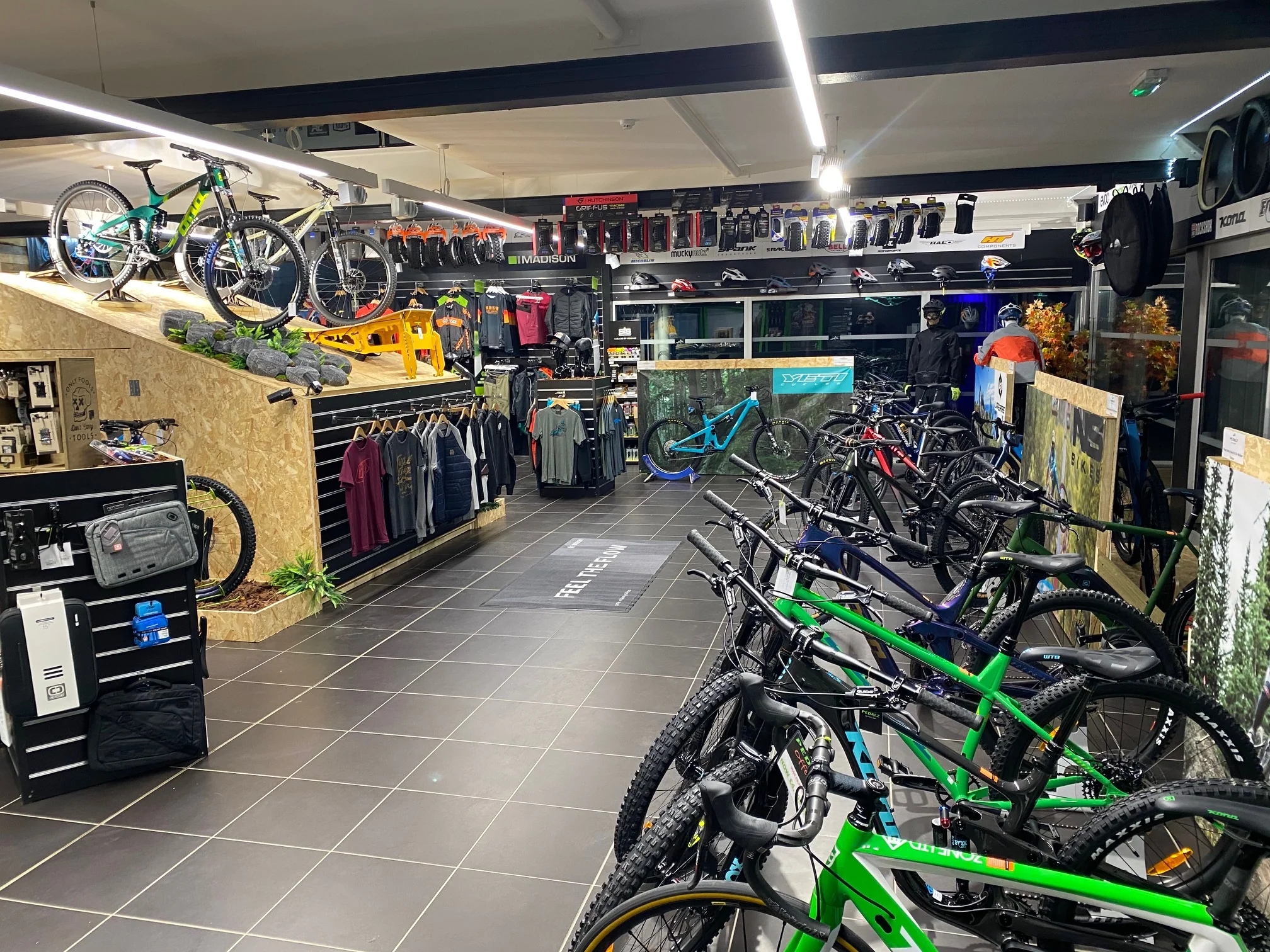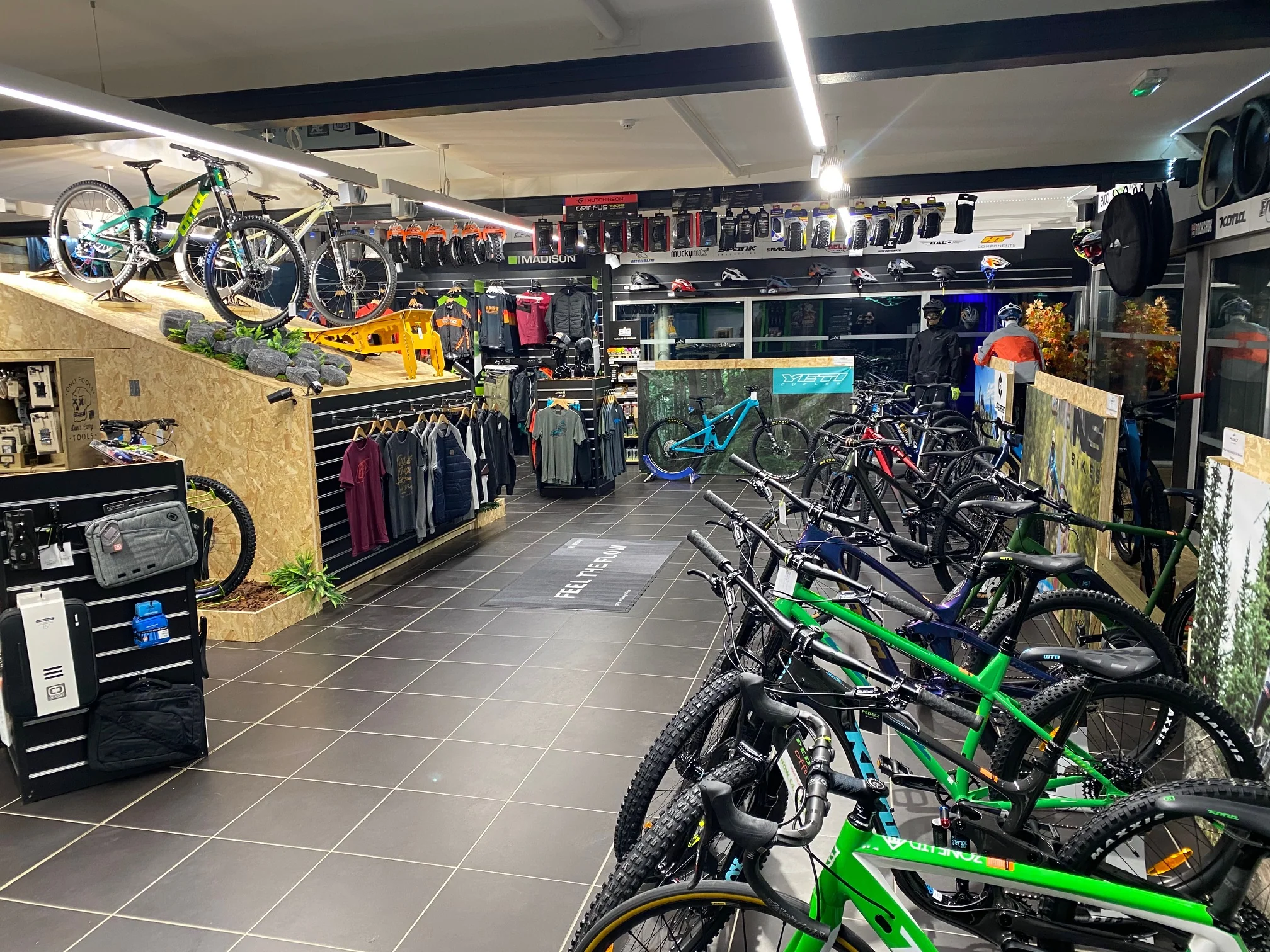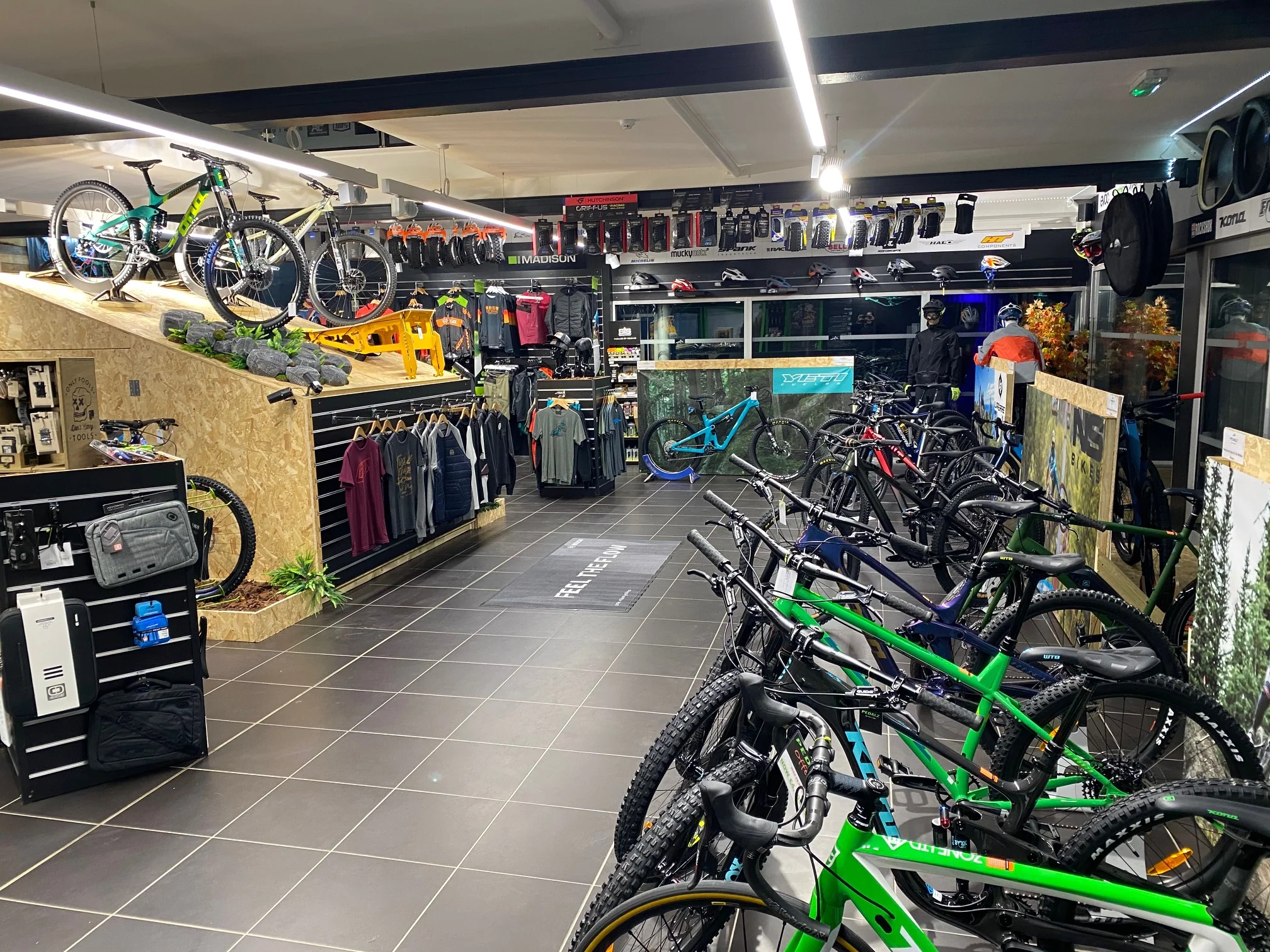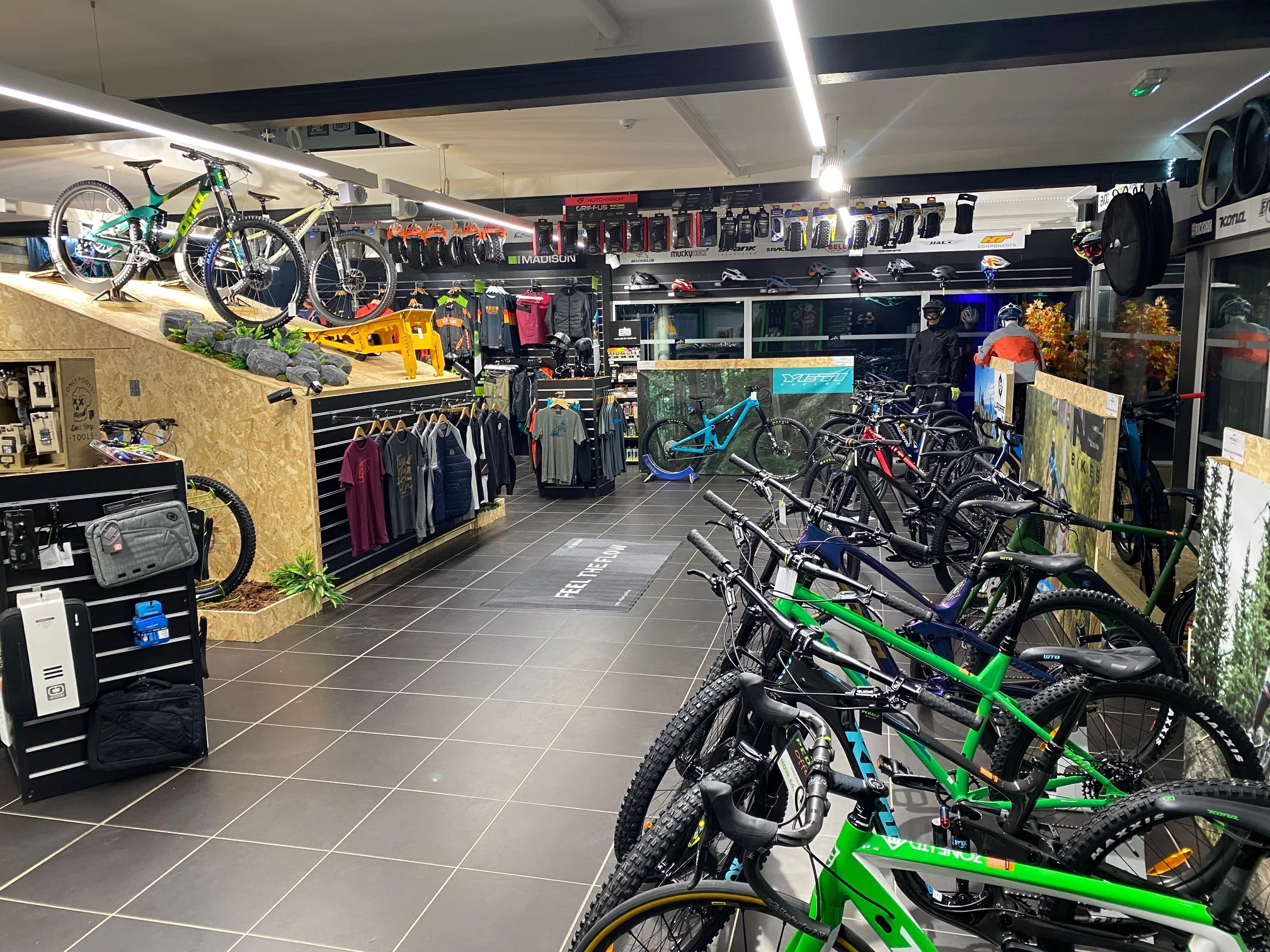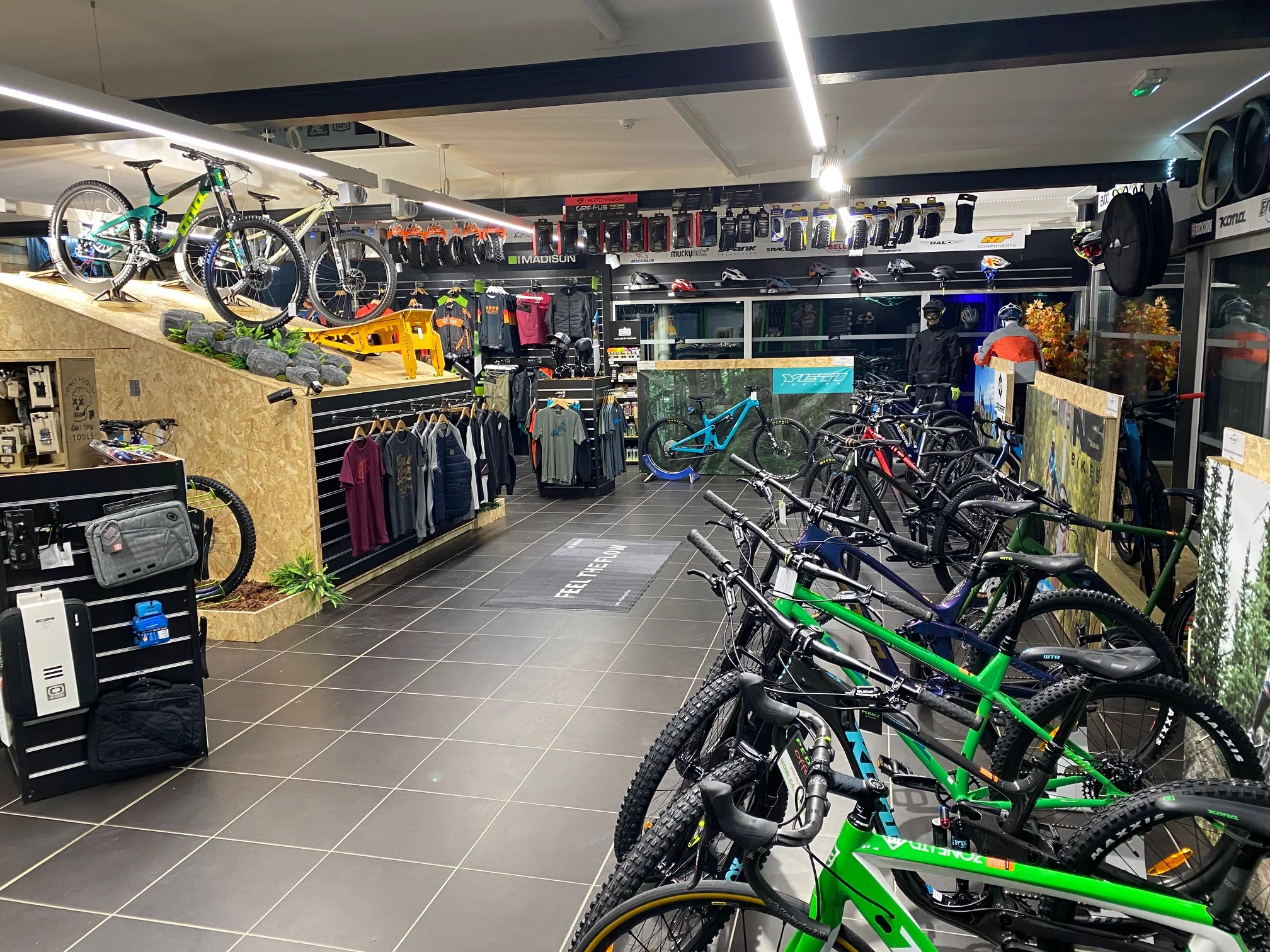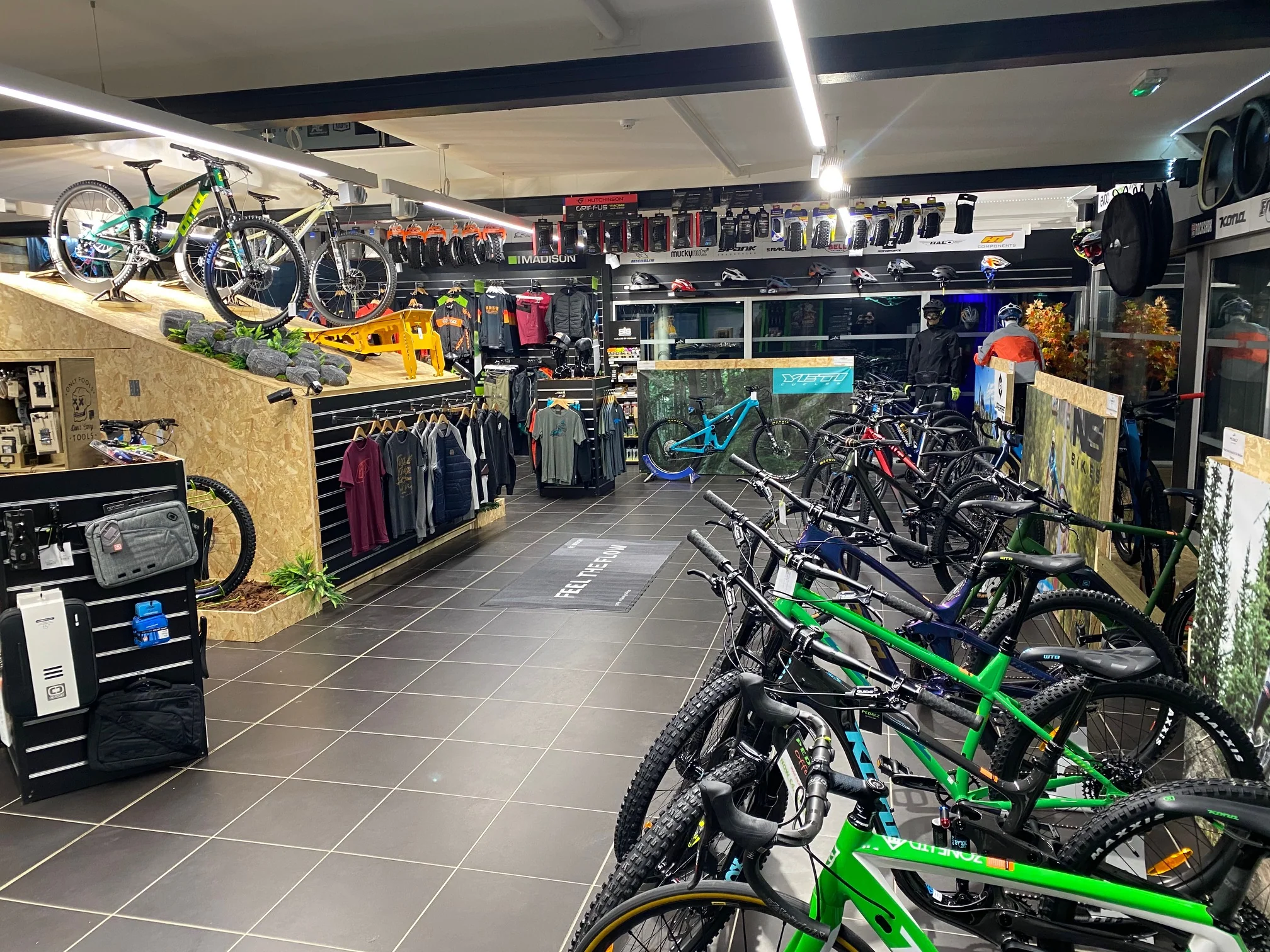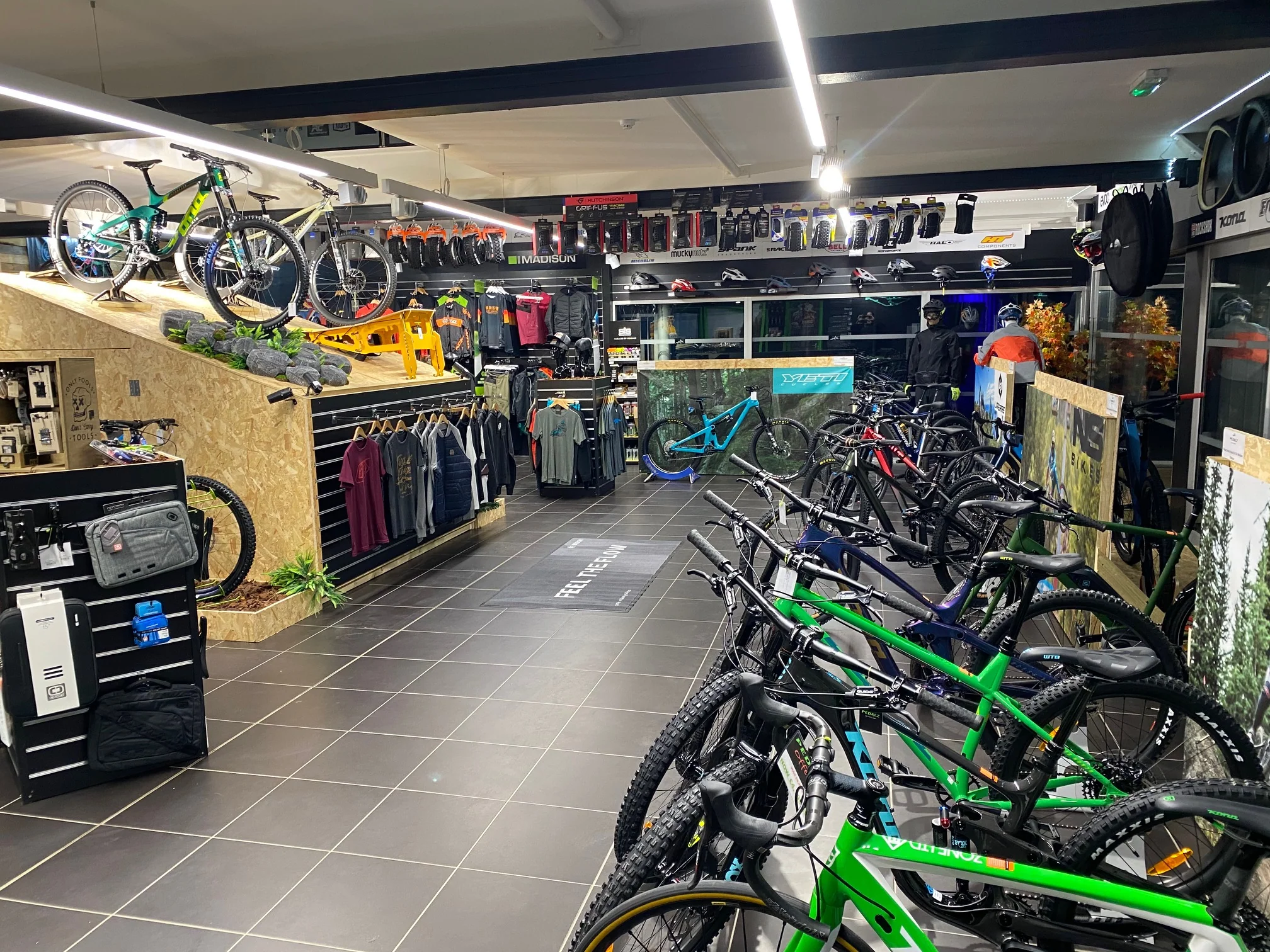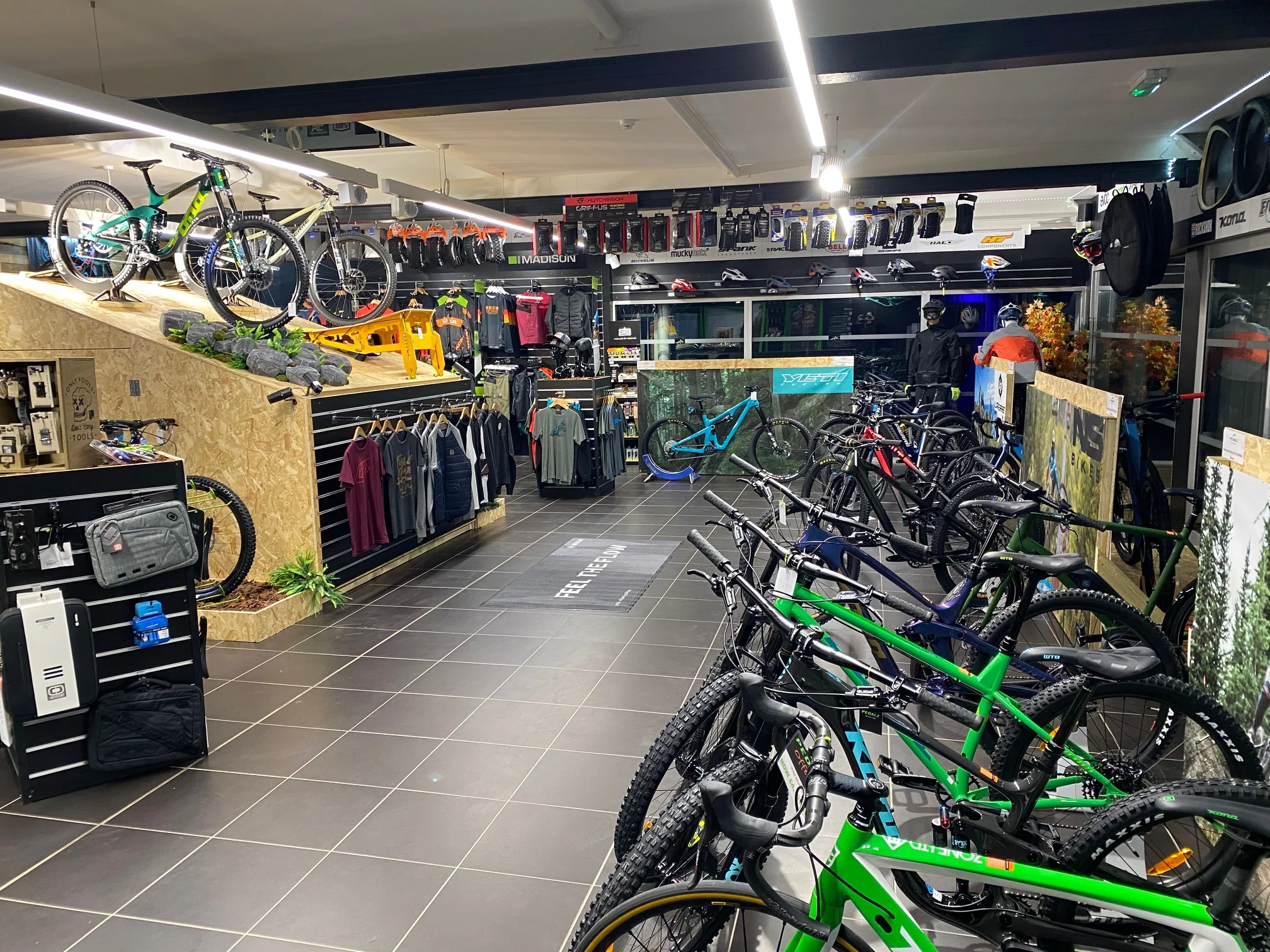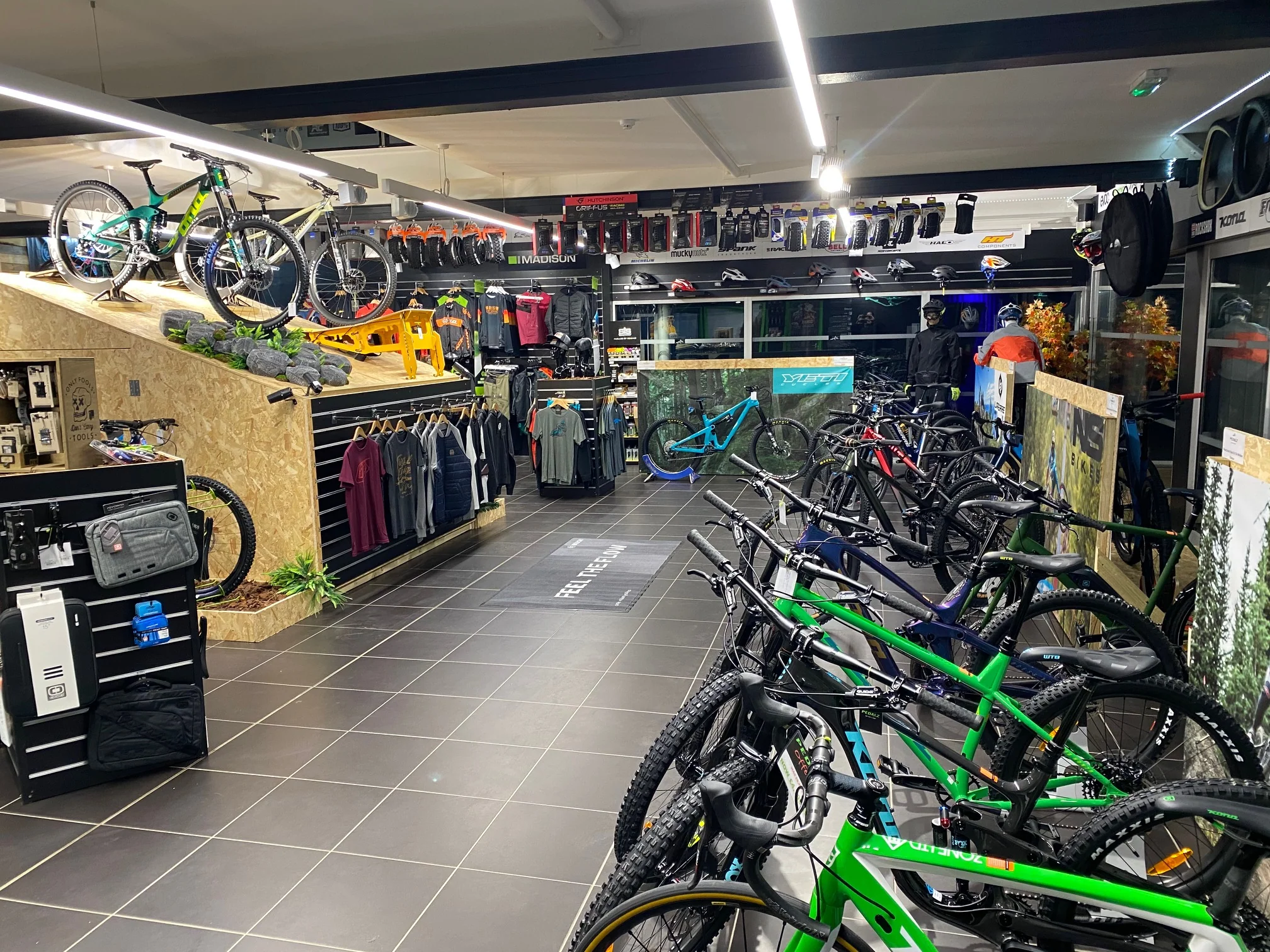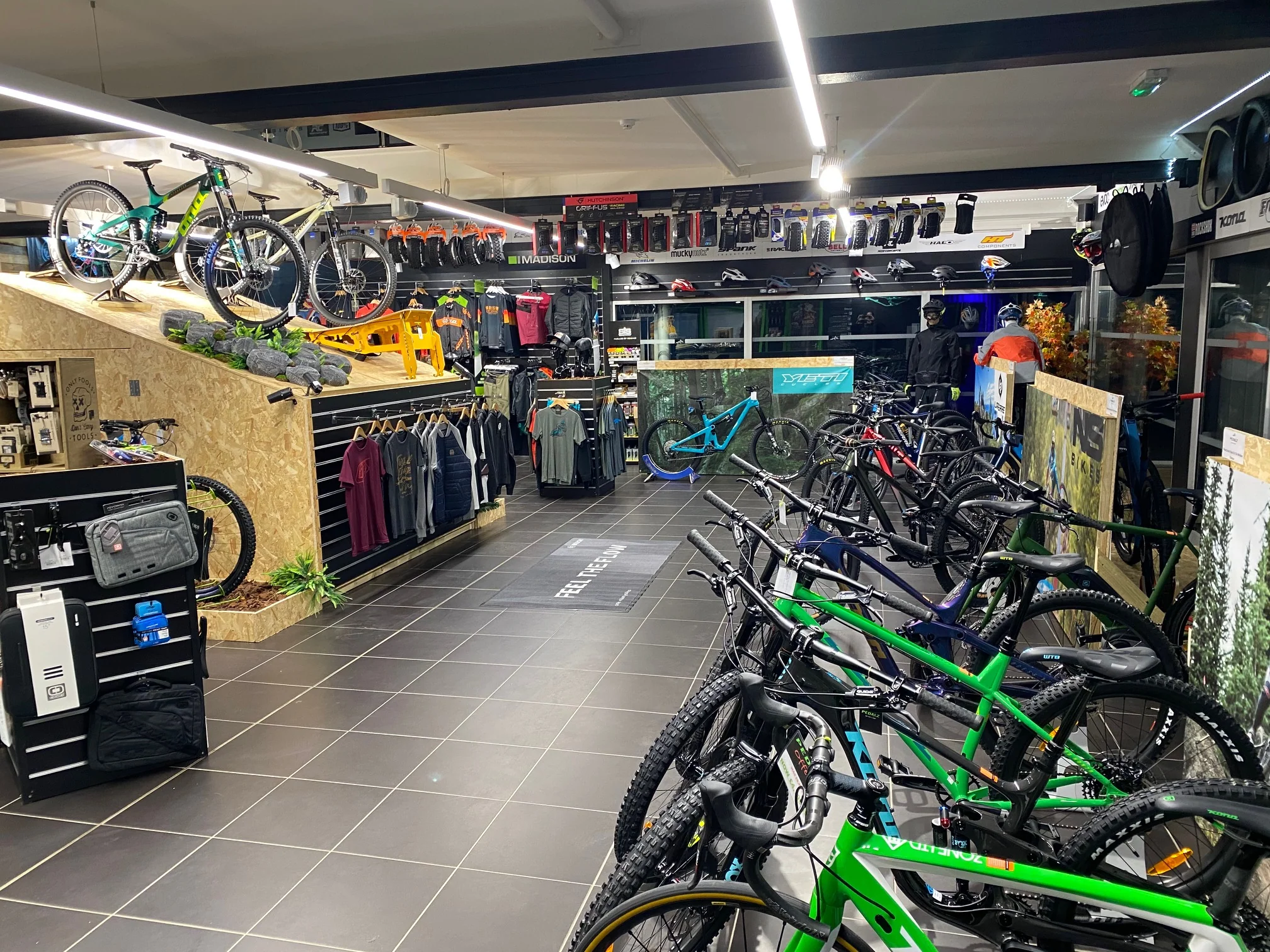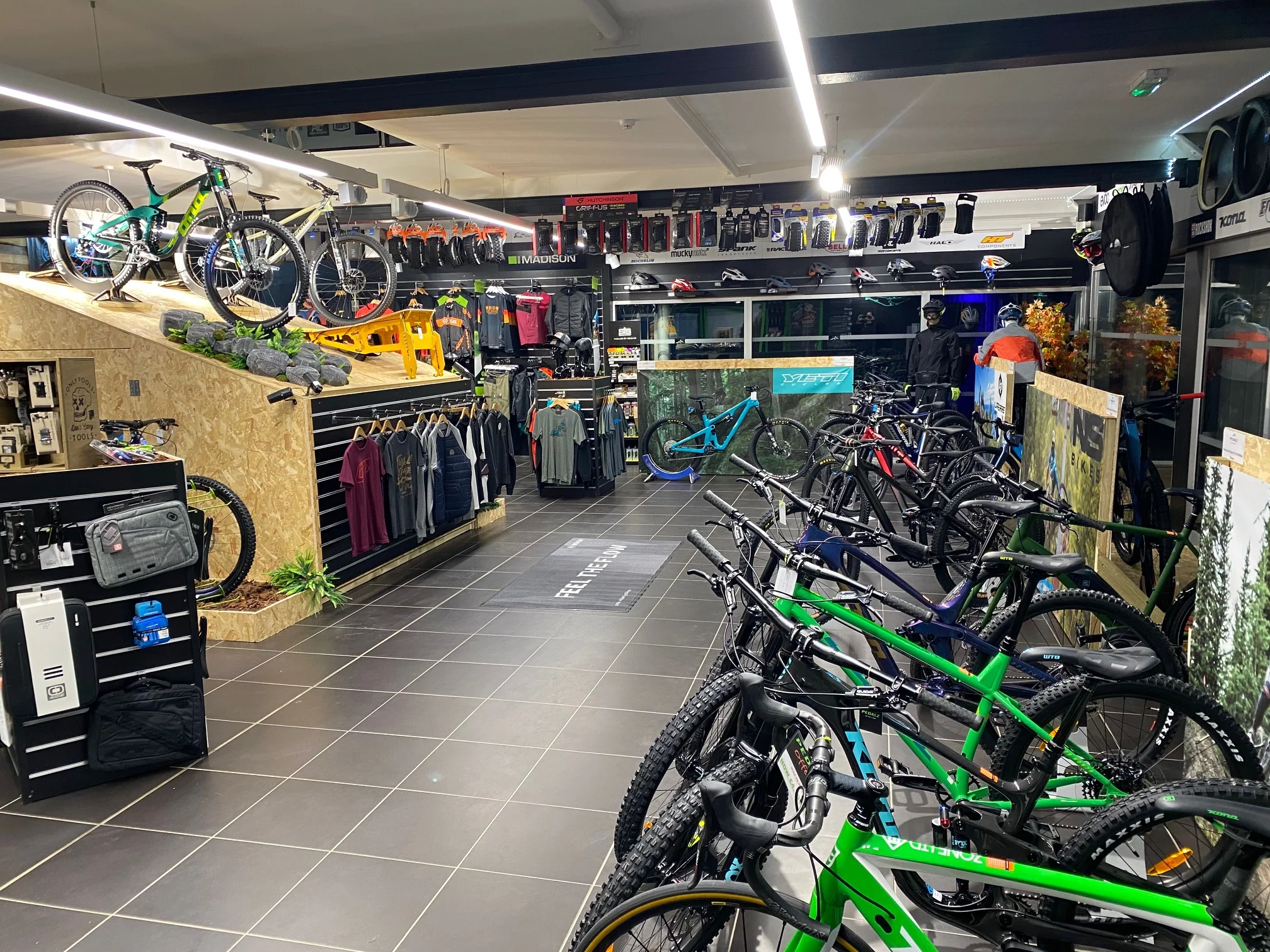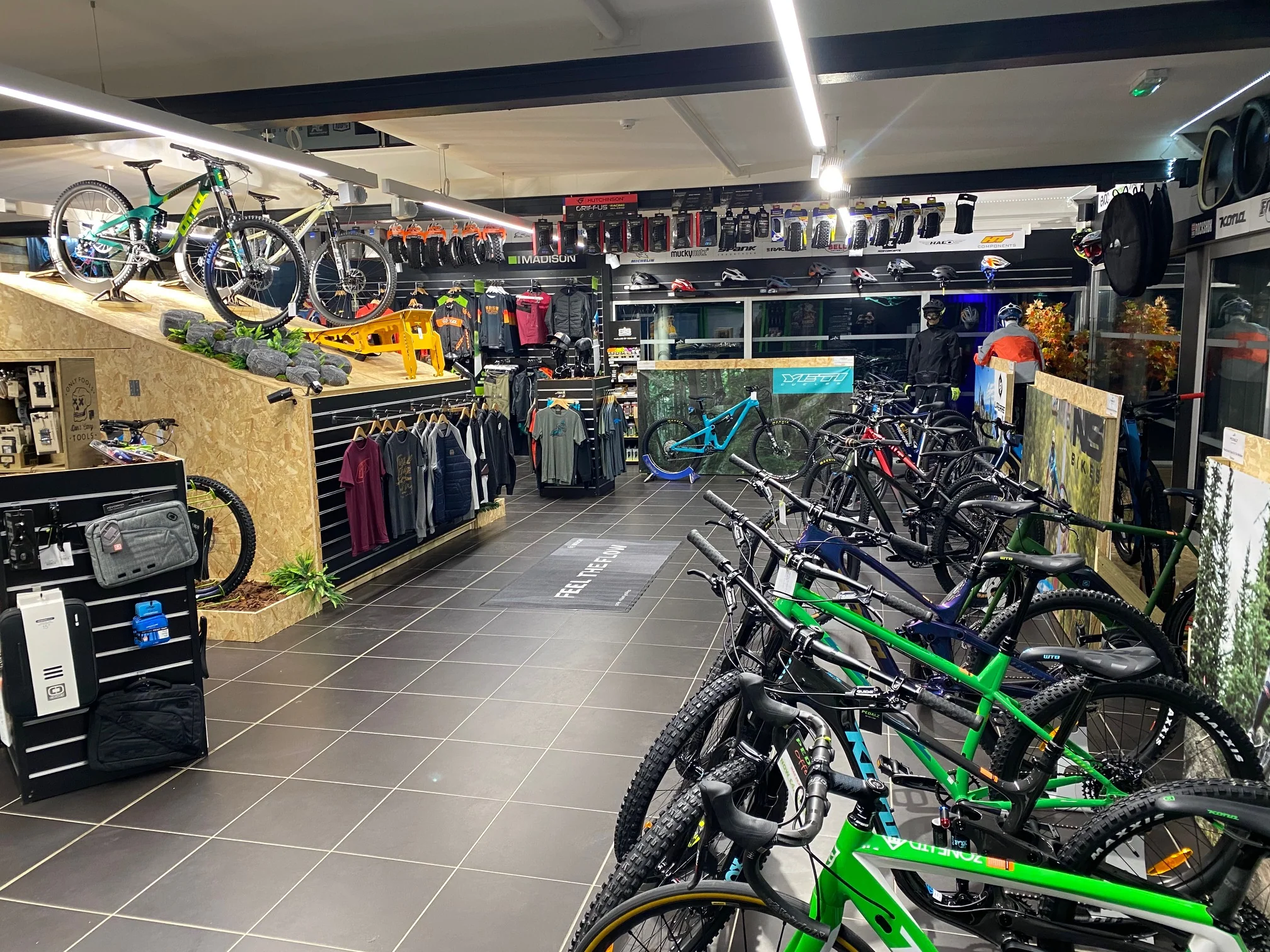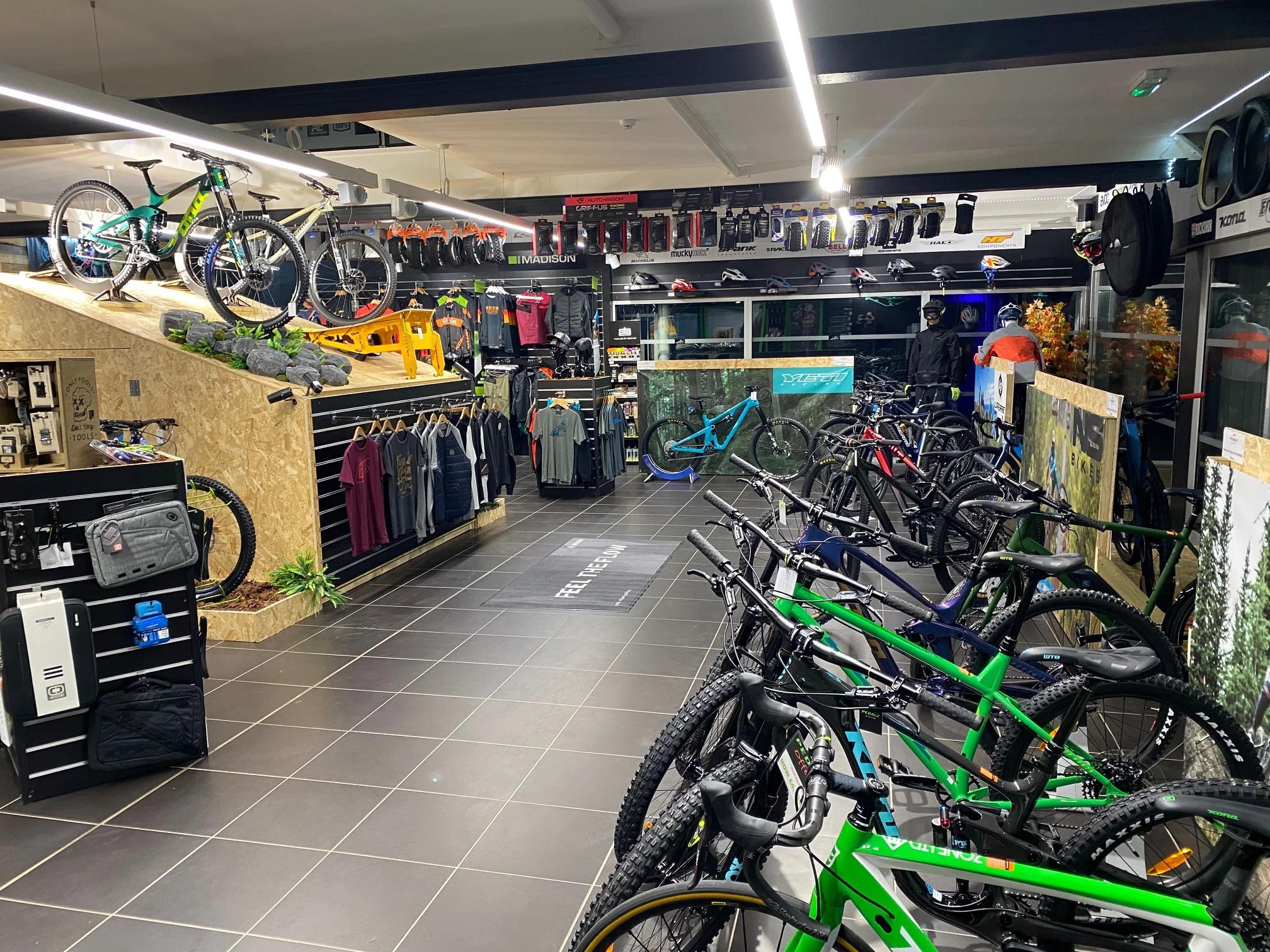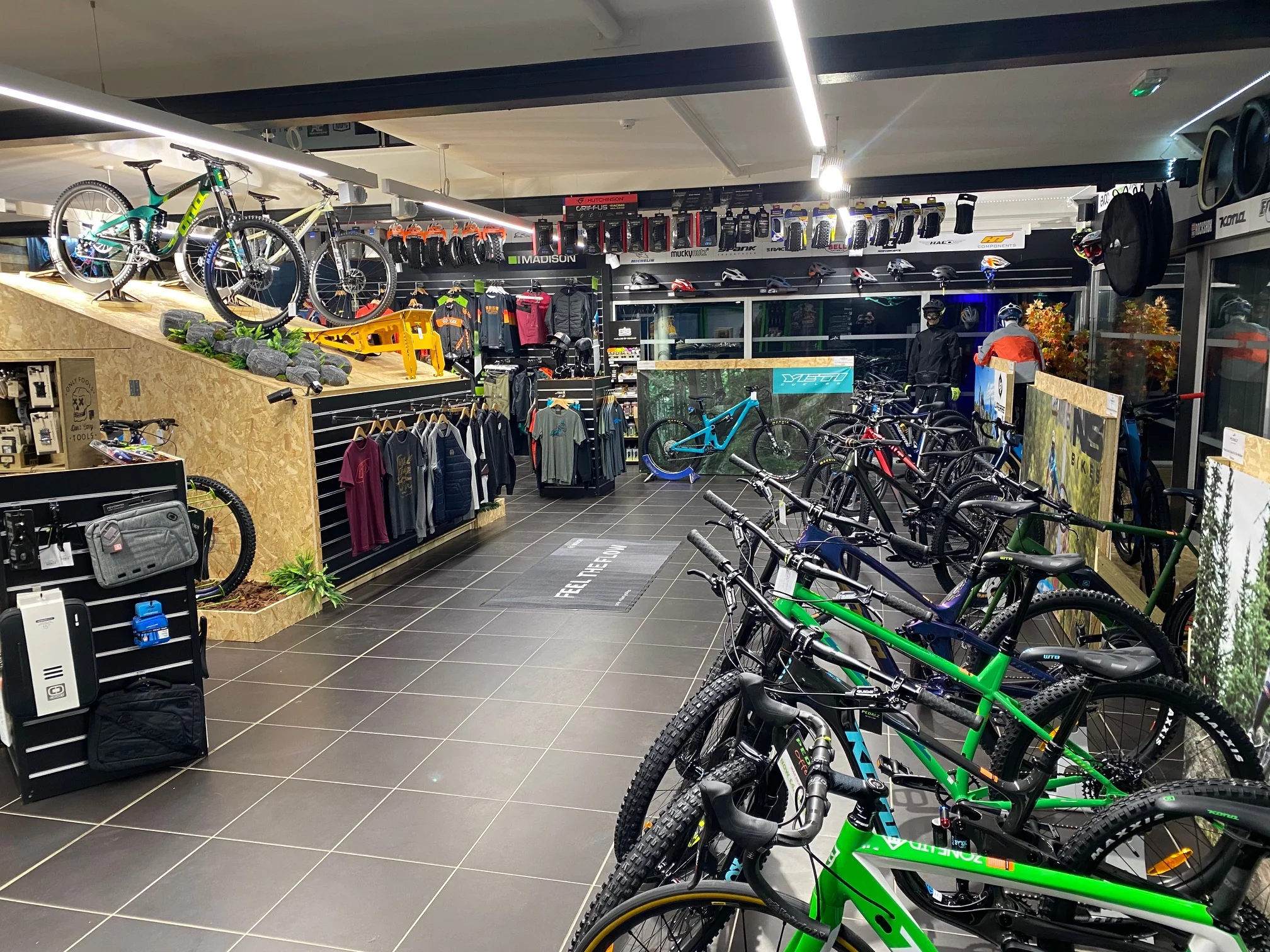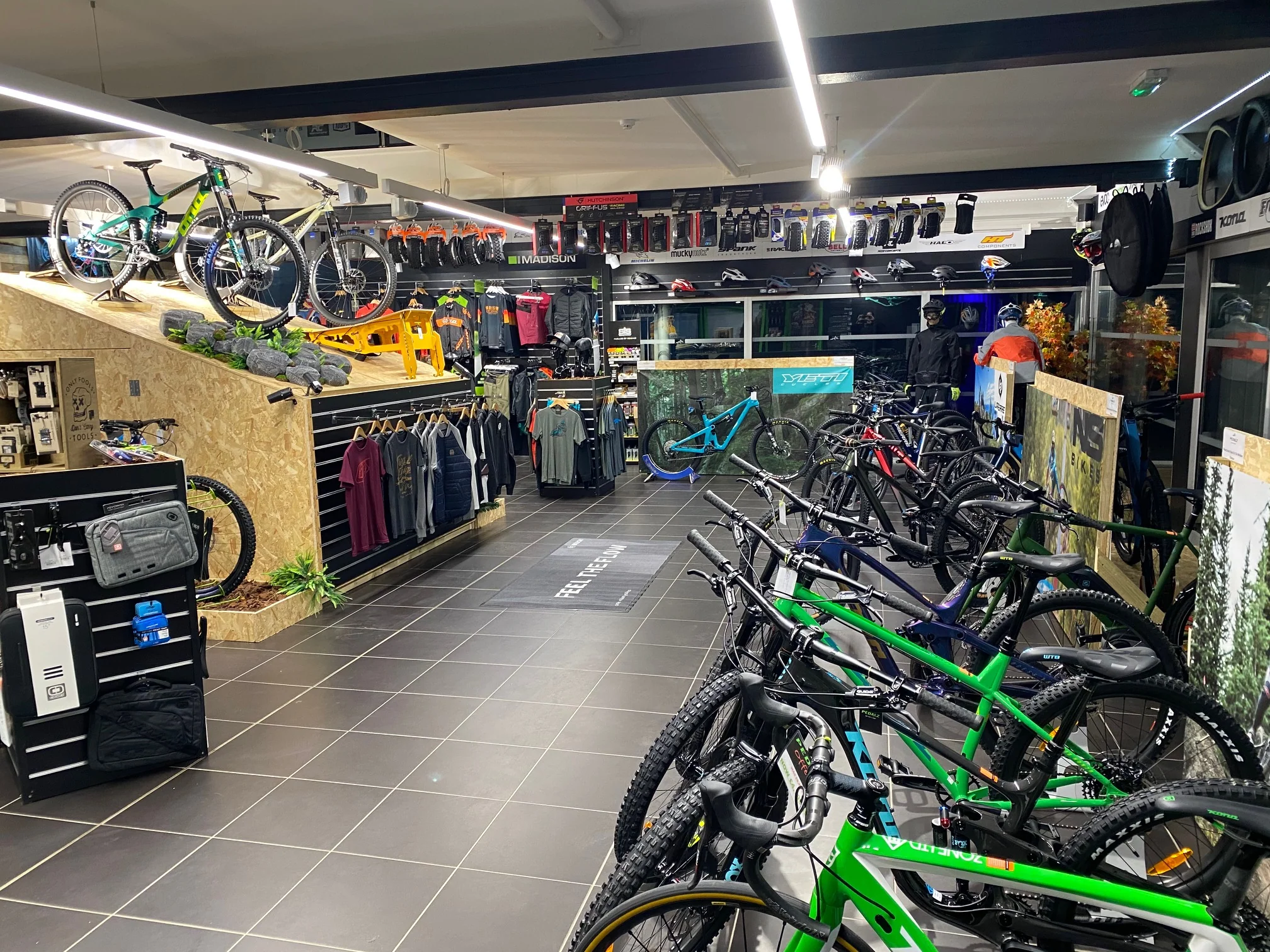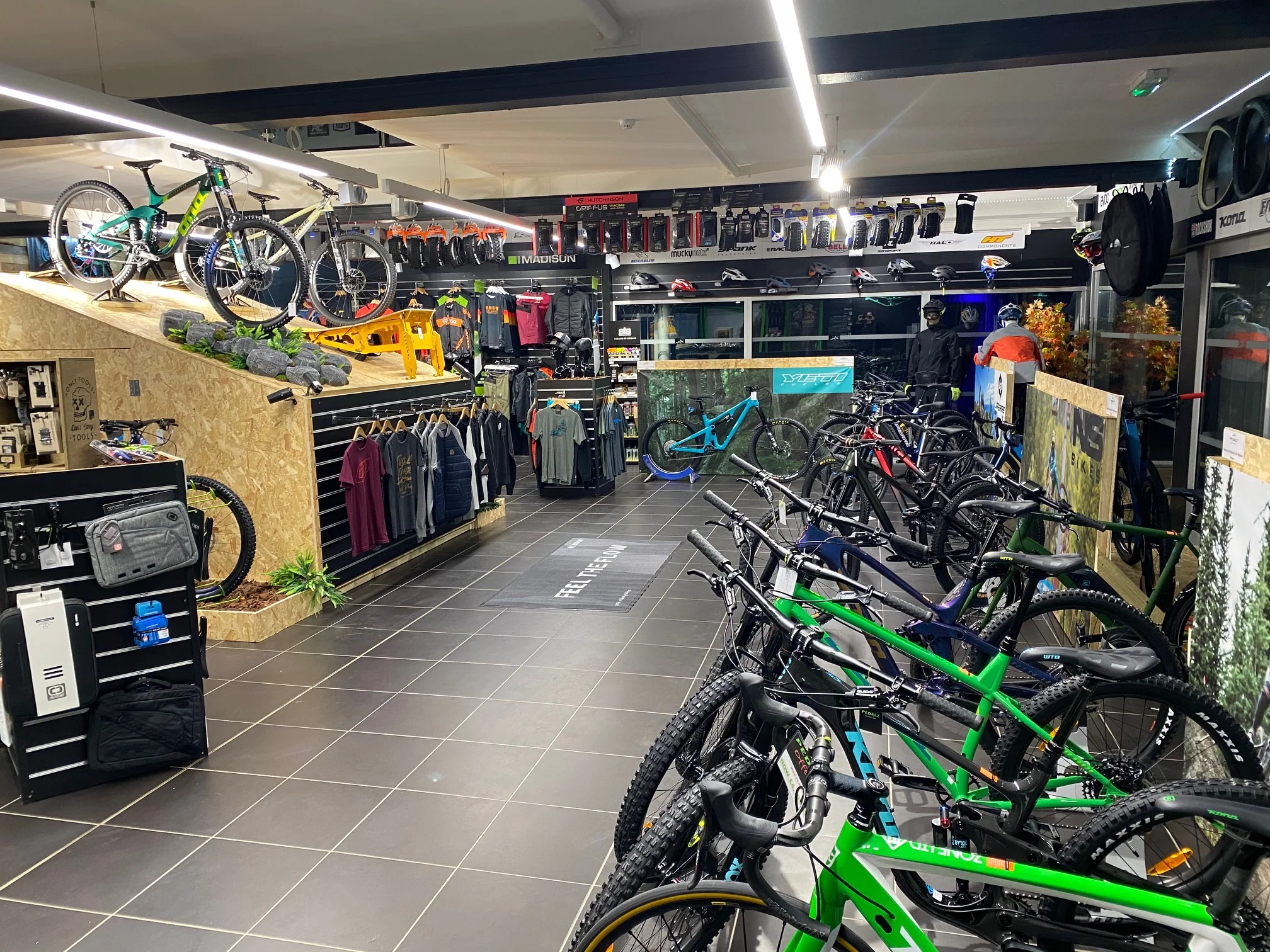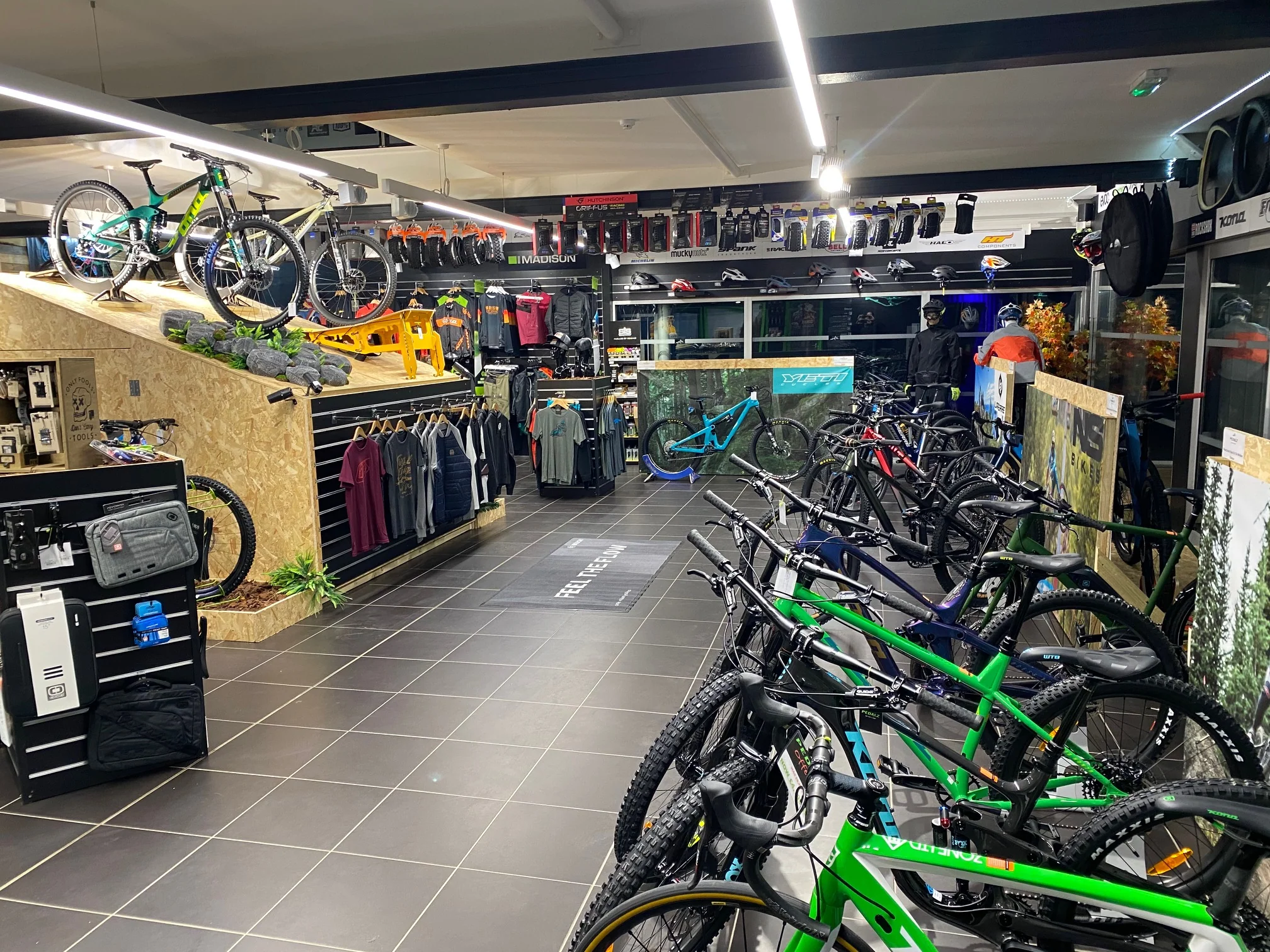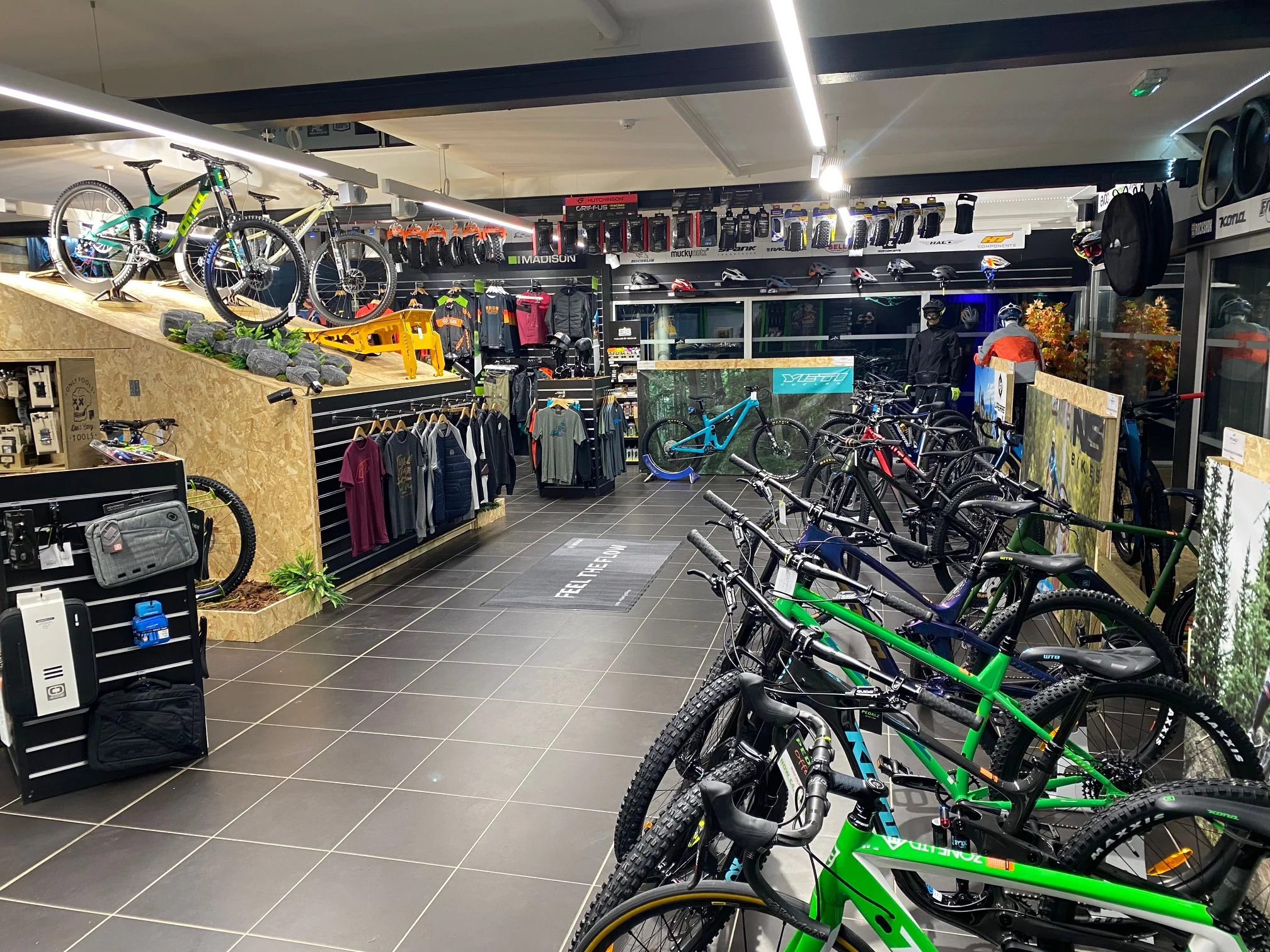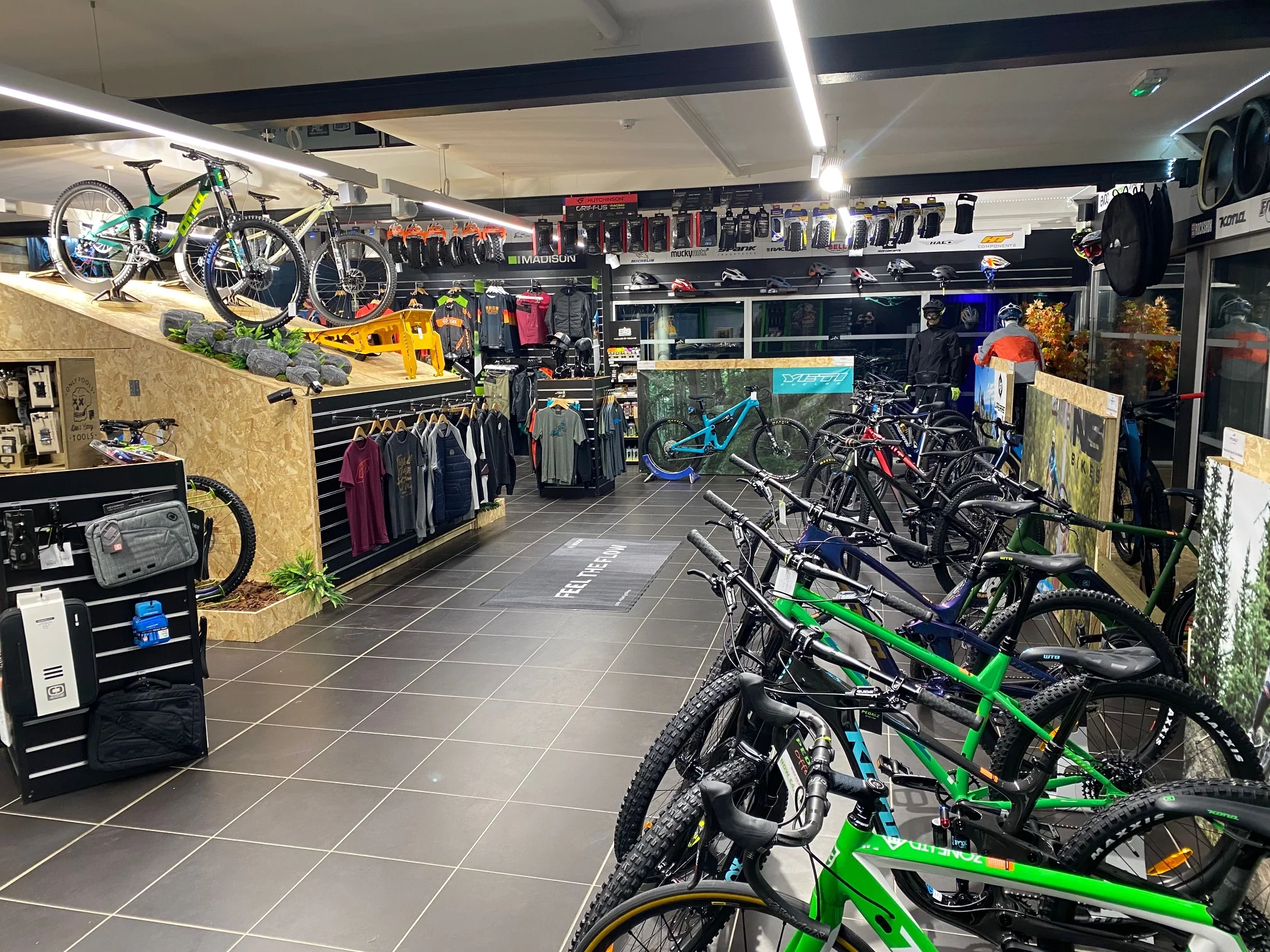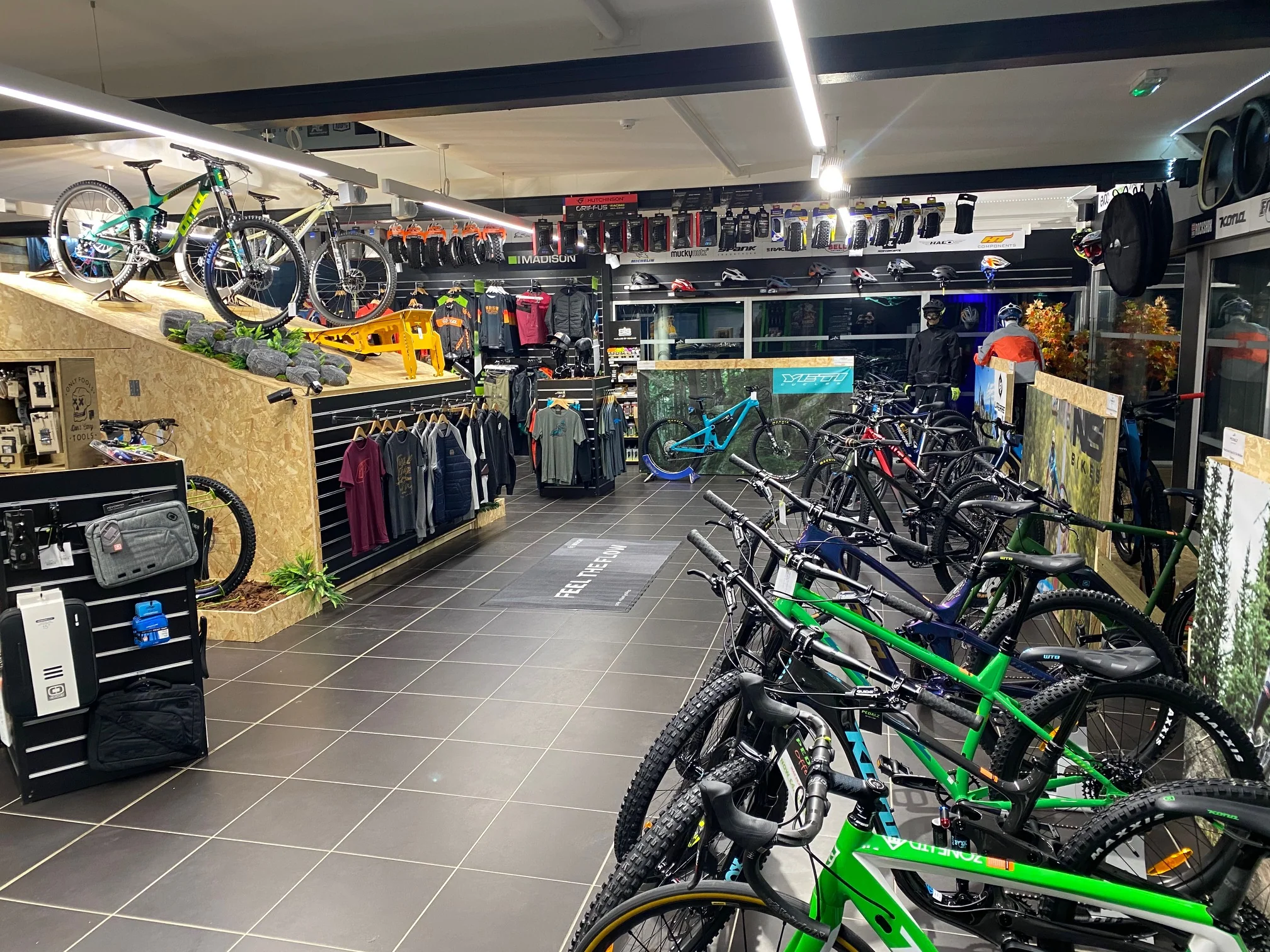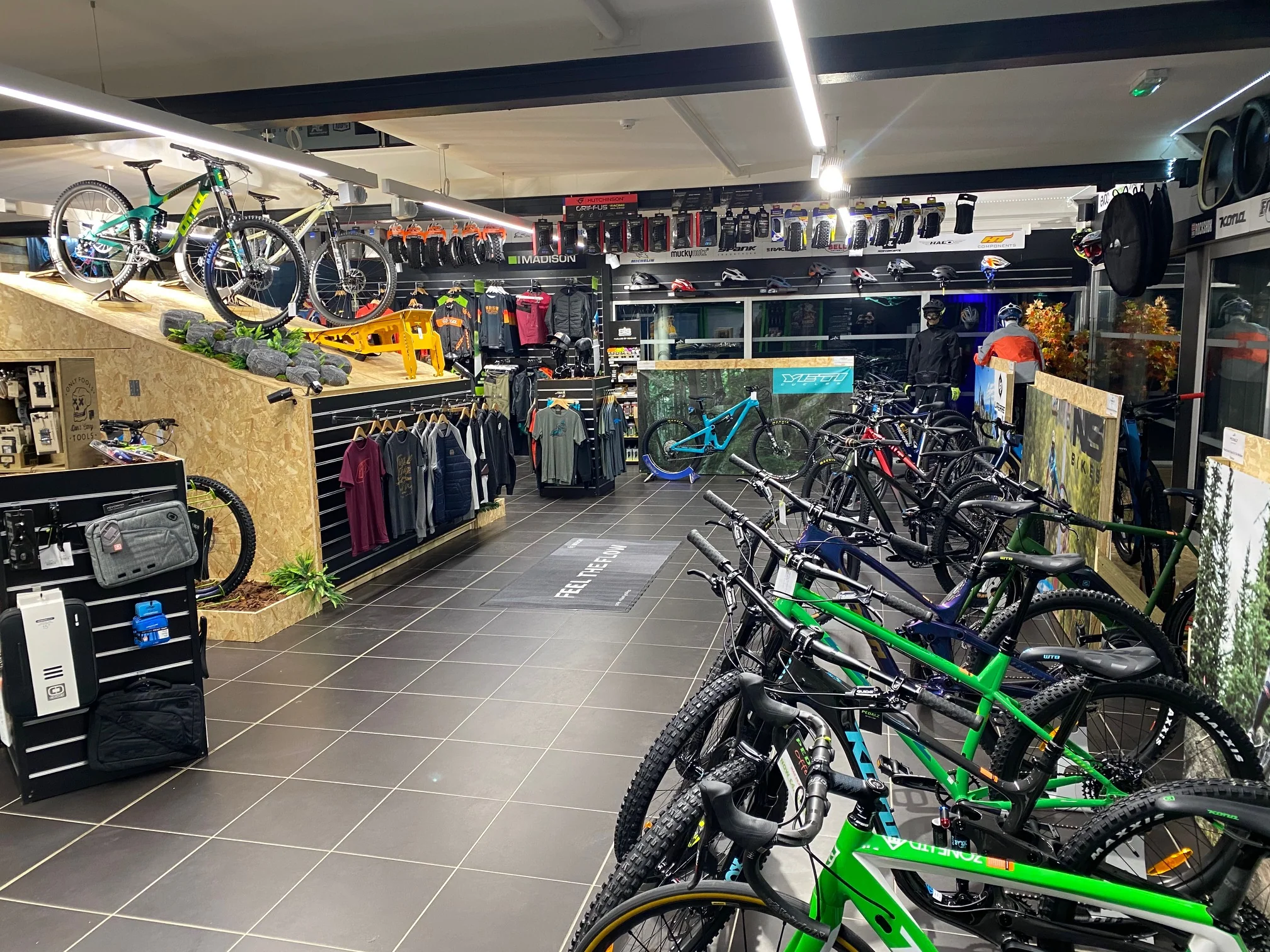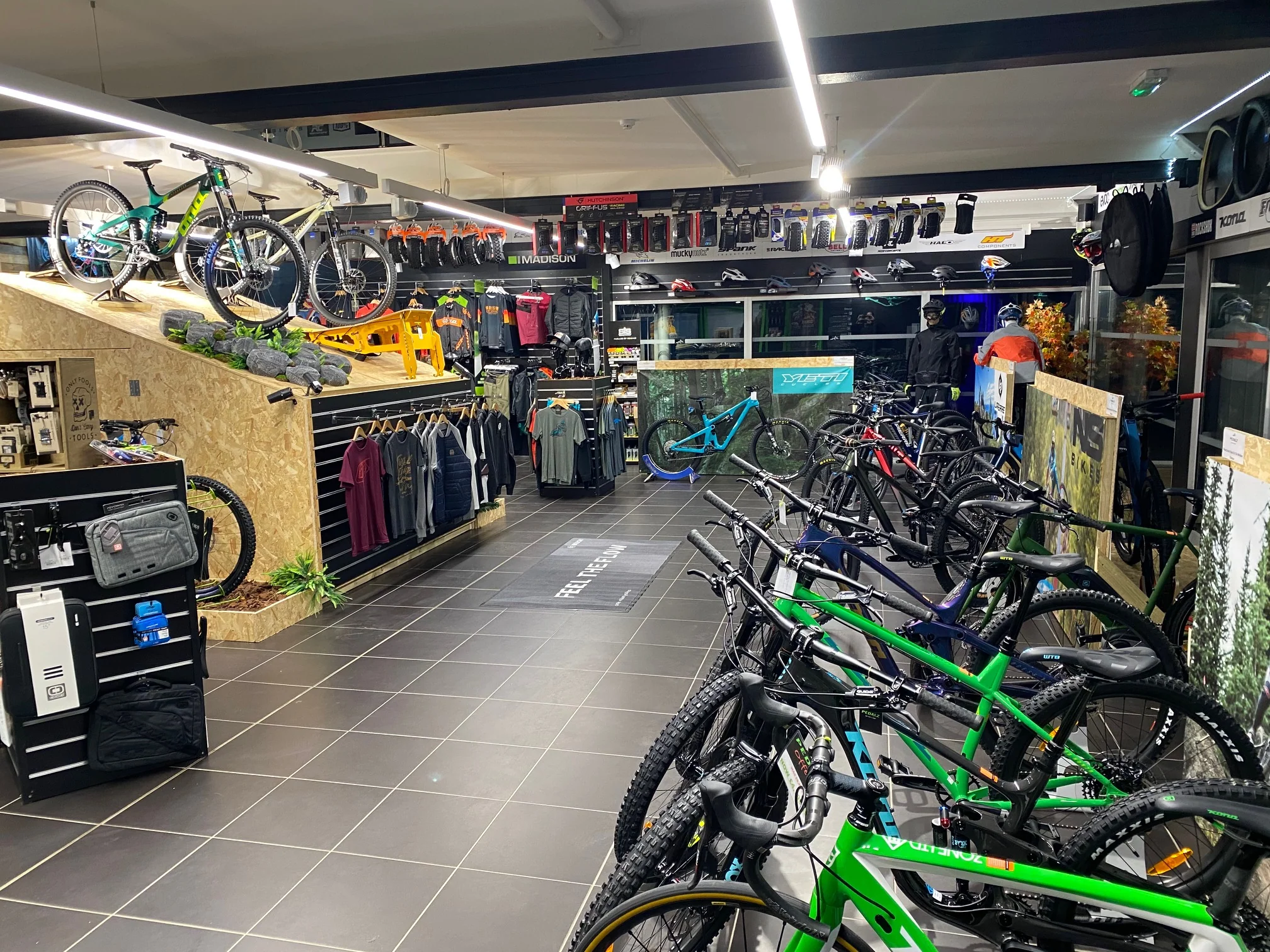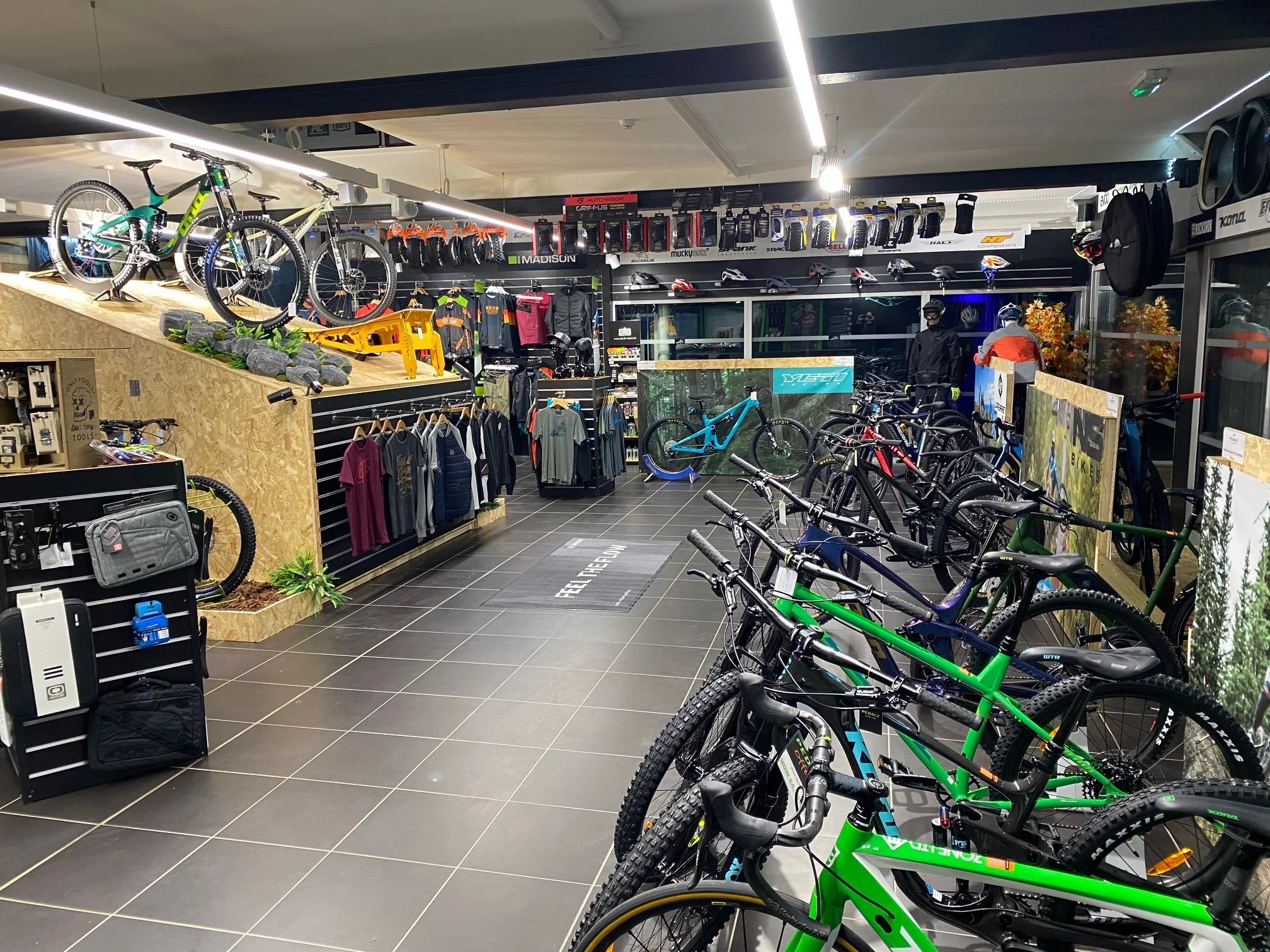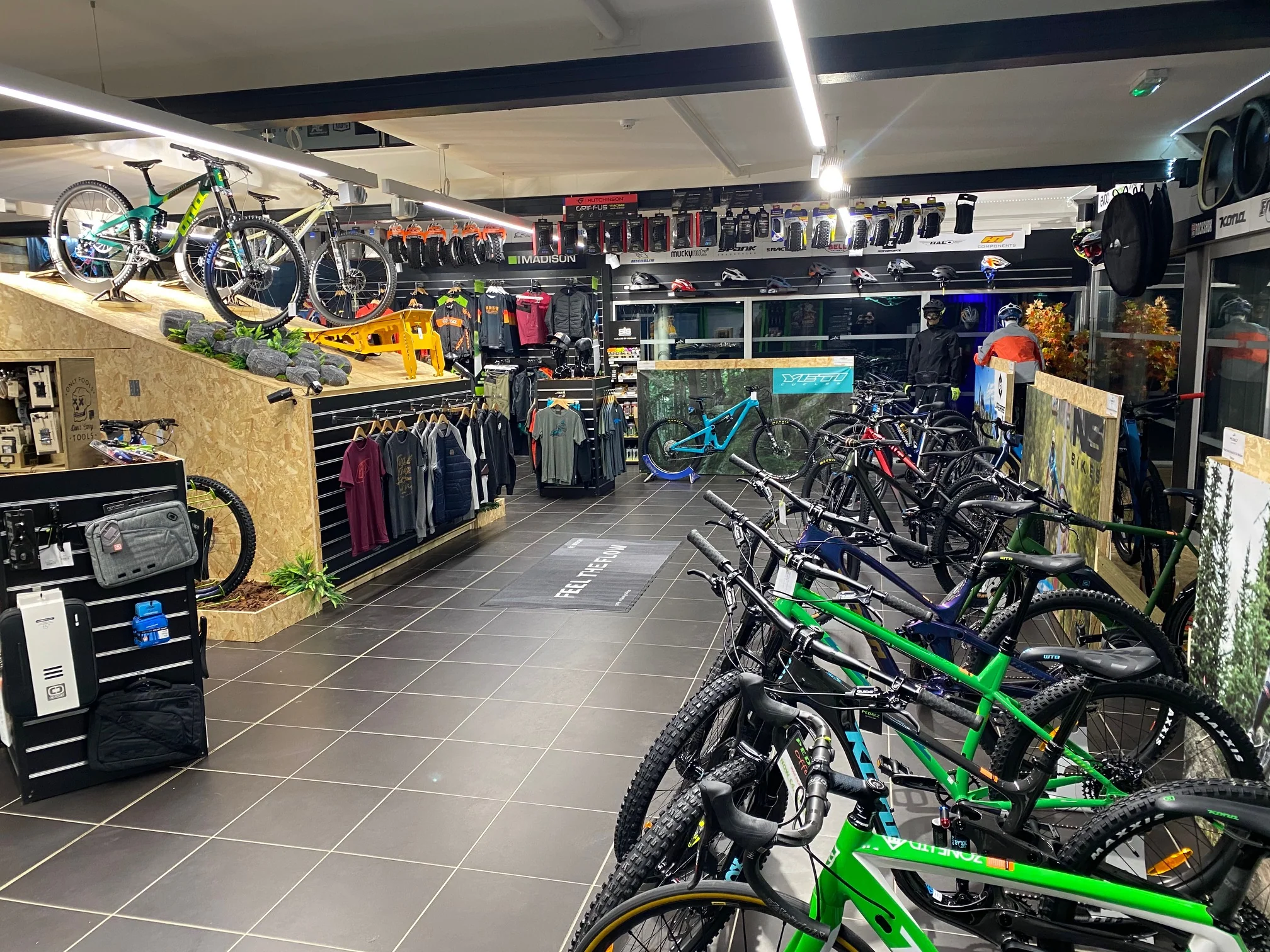Running a bicycle shop involves more than just selling bikes and accessories. From seasonal fluctuations to unexpected disruptions, bicy…
Bicycle Shop Product Liability Insurance: Protecting Your Business from Product-Related Claims
Running a bicycle shop involves more than just selling bikes and accessories – it comes with significant responsibility for the products you sell. Whether you're selling high-end racing bikes, children's bicycles, or safety equipment, product liability insurance is essential protection that every bicycle shop owner needs to understand.
What is Product Liability Insurance for Bicycle Shops?
Product liability insurance protects bicycle shops against claims arising from defective or faulty products sold to customers. This coverage extends beyond manufacturing defects to include issues with assembly, maintenance advice, and even the failure to warn customers about potential risks associated with cycling products.
For bicycle shops, this insurance is particularly crucial because cycling involves inherent risks, and any product failure could result in serious injury or even death. From brake failures to frame cracks, helmet defects to faulty lights, the potential for product-related incidents is significant in the cycling industry.
Why Bicycle Shops Need Product Liability Insurance
The cycling industry has seen tremendous growth in recent years, with more people taking up cycling for fitness, commuting, and recreation. However, this increased popularity has also led to more product liability claims against bicycle retailers. Here's why your bicycle shop needs this essential protection:
High-Risk Products
Bicycles are complex mechanical devices with numerous components that must work together safely. Brake systems, steering mechanisms, wheel assemblies, and frame structures all present potential failure points that could lead to accidents.
Assembly Responsibilities
Many bicycle shops assemble bikes from components or perform final assembly on partially built bikes. If improper assembly leads to an accident, your shop could be held liable even if the individual components were manufactured correctly.
Safety Equipment Sales
Bicycle shops typically sell helmets, lights, reflective gear, and other safety equipment. If these products fail to provide adequate protection, injured customers may pursue claims against your shop.
Advice and Recommendations
When you recommend specific products or provide maintenance advice, you're taking on additional liability exposure. If your recommendations prove inadequate or incorrect, you could face claims.
What Does Bicycle Shop Product Liability Insurance Cover?
Comprehensive product liability insurance for bicycle shops typically includes several key areas of protection:
- Manufacturing Defects: Coverage for claims arising from defects in the products you sell, even if the defect originated with the manufacturer. This includes structural failures, component malfunctions, and design flaws.
- Assembly Errors: Protection against claims resulting from improper assembly, adjustment, or installation of bicycles and components in your shop.
- Failure to Warn: Coverage for situations where customers claim they weren't adequately warned about risks associated with products or proper usage instructions.
- Breach of Warranty: Protection when products fail to perform as warranted, leading to customer injury or property damage.
- Legal Defense Costs: Coverage for legal fees, court costs, and other expenses associated with defending against product liability claims, regardless of whether the claim has merit.
- Settlement and Judgment Costs: Payment for settlements or court-awarded damages up to your policy limits.
- Recall Expenses: Some policies include coverage for costs associated with product recalls, including notification expenses and replacement costs.
Common Product Liability Risks for Bicycle Shops
Understanding the specific risks your bicycle shop faces helps you appreciate the importance of adequate product liability coverage:
Brake System Failures
Faulty brake cables, worn brake pads, or improperly adjusted braking systems can lead to serious accidents. Whether the issue stems from manufacturing defects or assembly errors, your shop could face liability.
Frame and Fork Failures
Structural failures in bicycle frames or forks can cause catastrophic accidents. These failures might result from manufacturing defects, material fatigue, or improper assembly.
Wheel and Tire Issues
Defective wheels, improperly tensioned spokes, or tire failures can cause loss of control and serious injuries. Shops that build custom wheels face particular exposure.
Helmet and Safety Equipment Defects
If safety equipment fails to provide adequate protection during an accident, injured cyclists may pursue claims against the retailer who sold the defective equipment.
Electrical System Problems
With the growing popularity of e-bikes, bicycle shops face new risks related to electrical systems, batteries, and charging equipment.
Child Safety Issues
Children's bicycles and accessories present unique risks, as safety failures can result in serious injuries to young riders.
Real-World Examples of Product Liability Claims
Consider these scenarios that demonstrate why product liability insurance is essential for bicycle shops:
A customer purchases a mountain bike from your shop. During assembly, a mechanic fails to properly tighten the stem bolts. Three weeks later, the handlebars separate from the bike while the customer is riding, causing a serious crash. The injured cyclist sues your shop for improper assembly.
Your shop sells a high-end racing helmet that appears to meet safety standards. However, during a crash, the helmet fails to provide adequate protection, and the cyclist suffers a traumatic brain injury. Investigation reveals a manufacturing defect in the helmet's construction. The injured cyclist sues both the manufacturer and your shop.
A family purchases children's bicycles and safety equipment from your shop. Despite wearing the helmets you sold, one child suffers serious injuries in an accident. The family claims the helmet was defective and that your shop failed to provide adequate safety warnings.
Factors Affecting Product Liability Insurance Costs
Several factors influence the cost of product liability insurance for bicycle shops:
- Shop Size and Revenue: Larger shops with higher sales volumes typically face higher premiums due to increased exposure.
- Product Mix: Shops selling high-performance racing equipment or e-bikes may face higher premiums due to increased risk exposure.
- Assembly Services: Shops that perform extensive assembly work may pay higher premiums than those selling pre-assembled bikes.
- Claims History: Previous product liability claims will impact your premium costs and coverage availability.
- Safety Protocols: Shops with documented safety procedures and quality control measures may qualify for lower premiums.
- Location: Shops in areas with higher litigation rates or more stringent liability laws may face higher costs.
How to Choose the Right Product Liability Coverage
Selecting appropriate product liability insurance requires careful consideration of your shop's specific needs:
Coverage Limits
Choose limits that reflect your potential exposure. Consider the types of injuries that could result from product failures and the associated costs.
Deductibles
Balance premium costs against out-of-pocket expenses by selecting appropriate deductible levels.
Policy Exclusions
Understand what's not covered and consider whether additional coverage is needed for excluded risks.
Aggregate Limits
Ensure your annual aggregate limits provide adequate protection for multiple claims.
International Coverage
If you sell products internationally, ensure your policy provides appropriate coverage.
Best Practices for Reducing Product Liability Risk
While insurance provides essential protection, implementing risk reduction strategies can help minimize your exposure:
- Quality Control Procedures: Establish and document procedures for inspecting products before sale and maintaining assembly quality standards.
- Proper Documentation: Keep detailed records of product sources, assembly procedures, and customer interactions.
- Staff Training: Ensure all staff understand proper assembly techniques, safety requirements, and customer communication protocols.
- Supplier Relationships: Work with reputable suppliers and manufacturers who maintain appropriate insurance and quality standards.
- Customer Education: Provide clear safety information and proper usage instructions to all customers.
- Regular Equipment Maintenance: Maintain assembly tools and equipment in proper working condition to ensure quality work.
The Claims Process
Understanding how product liability claims work helps you prepare for potential situations:
Immediate Response
Contact your insurance carrier immediately when you become aware of any incident that could lead to a claim.
Documentation
Preserve all relevant evidence, including the product in question, assembly records, and customer communications.
Cooperation
Work closely with your insurance company's claims team and legal counsel throughout the process.
Communication
Avoid admitting fault or making statements about the incident without consulting your insurance company first.
Industry-Specific Considerations
The bicycle industry presents unique challenges that affect product liability coverage:
Rapid Technology Changes
New technologies like e-bikes and smart cycling equipment create evolving risk profiles that insurance policies must address.
Seasonal Business Patterns
Many bicycle shops experience seasonal sales fluctuations that should be considered in coverage planning.
Custom and Modified Products
Shops that modify bikes or create custom builds face additional liability exposure that may require specialized coverage.
Regulatory Compliance
Staying current with safety regulations and industry standards is crucial for maintaining coverage and reducing risk.
Working with Insurance Professionals
Given the complexity of product liability insurance, working with experienced insurance professionals is essential:
- Industry Expertise: Choose agents or brokers with specific experience in bicycle shop insurance.
- Coverage Reviews: Regularly review your coverage to ensure it keeps pace with your business growth and changing risk profile.
- Claims Support: Select insurers known for responsive claims handling and support during difficult situations.
- Cost Management: Work with your insurance professional to identify cost-saving opportunities without compromising essential protection.
Conclusion
Product liability insurance is not optional for bicycle shops – it's an essential business protection that safeguards your financial future. The cycling industry's inherent risks, combined with increasing litigation trends, make comprehensive product liability coverage a critical investment.
By understanding your risks, choosing appropriate coverage, and implementing strong risk management practices, you can protect your bicycle shop while continuing to serve your customers with confidence. Remember that the cost of insurance is minimal compared to the potential financial devastation of an uninsured product liability claim.
Don't wait until it's too late – evaluate your current product liability coverage today and ensure your bicycle shop has the protection it needs to thrive in today's challenging business environment.


 0330 127 2333
0330 127 2333
